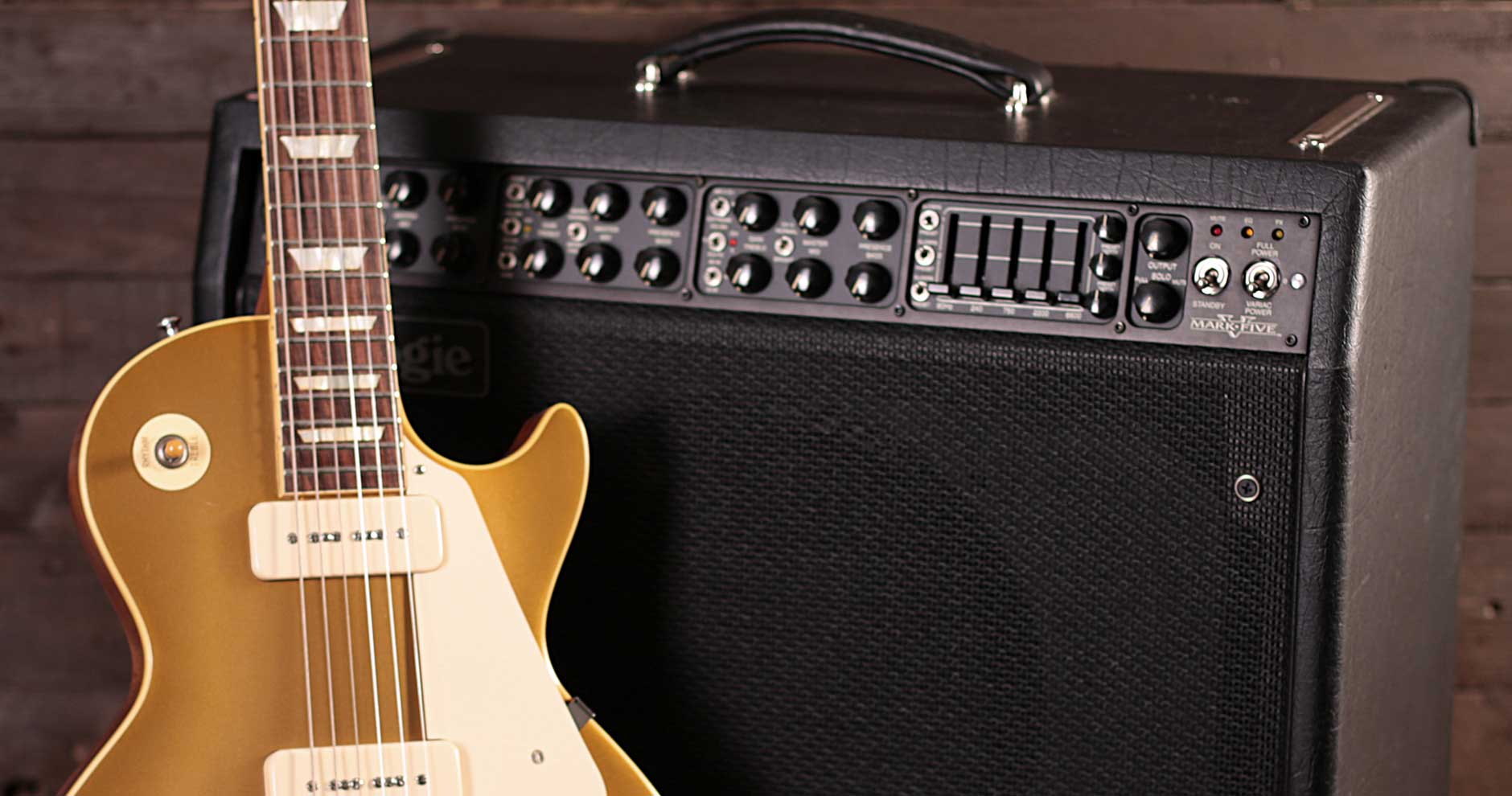1. What is PAT?
PAT is a procedure in which an electrician uses a combination of visual and machine inspection to certify that his equipment is safe for use. Having a Electrical PAT Test of less than twelve months is very important for any musician who uses electrical equipment while working.
2. What equipment does PAT need?
1: Equipment that obtains its power from the electricity grid.
2: Low voltage keyboards whose power supplies are connected to the mains at one end
3: Very powerful speaker systems (cables must be visually inspected for broken insulation, as there may be quite high voltages)
4: Self-powered (or active) speakers since the network-powered amplifier is an integral part of the design
3. What equipment does not need PAT?
1: Microphones
2: Electric guitars
3: Low voltage keyboards (except those whose power supplies are connected to the mains at one end)
4: Microvoltage audio cables (XLR cables, guitar cables)
5: Equipment with batteries
6: Low voltage equipment
7: Passive speakers

4. Why is PAT important?
Many places will not allow you to play if you use electrical equipment and do not have a PAT certificate. This is usually because their own insurance requires PAT certificates of musicians.
In addition, if a claim is made against you because of an injury or damage caused by your equipment, your insurance provider may refuse to pay if you cannot prove that you took appropriate measures to ensure the safety of your equipment.
And finally, Encore will soon add a PAT badge to our profiles so customers can easily see who is certified by PAT. So making your equipment tested makes it more attractive to customers!
pat equipment2
The publication of the Health and Safety Executive entitled Maintenance of portable electrical equipment contains valuable information about PAT.
5. How often should I test my equipment?
Common sense indicates that you must visually inspect your equipment yourself each time you use it, but there are no specific laws regarding how often you should have a formal PAT test. Your legal obligation is the duty to ensure that your equipment is safe, so it is up to you to determine how often you need inspections.
Place insurance requirements generally stipulate that a certificate must not be more than twelve months old. Occasionally, a three or six month certificate may be recommended for an important touring band, while a certificate of more than twelve months is likely to be rejected.
You should also keep a record of each time the equipment has been tested and obtain a certificate from whoever performs the test; Again, this is an important proof that you have fulfilled your obligations to keep your equipment in safe operating condition.
pats
When winding the cable, do not wrap it tightly around anything. This stretches and tensiones the cable, which would otherwise last for many years.

6. Where do I get PAT?
There are many companies that specialize in PAT, including some that work with musicians, and many electricians can also perform a PAT. A quick Google search will direct you to those closest to you and, of course, it's always a good idea to ask your colleagues!
7. How much does PAT cost?
Prices vary between electricians / companies, but are generally somewhere between £ 3 - £ 7 / item, with volume discounts generally available. So, if you have 15 teams, you can probably get your certificate for around £ 30- £ 50. In general, it is very easy to request a free quote from the nearest electric company / PAT.
Don't forget that you can deduct PAT taxes as a business expense if you are self-employed!
pat place
Many places require a recent PAT certificate before they allow you to play.
8. What does PAT imply?
There are two components to the complete test: a visual inspection and an electrical inspection with machines that measure your equipment. The machines can test at 240v or 110v.
When visually inspecting the equipment yourself, be aware of:
1: broken or cracked plugs
2: burns or heat damage
3: a cable that has come out of your restriction clamp or is obviously damaged
4: incorrect fuses.
5: Physical damage
6: Detachable cables whose plugs have been significantly released.
It is easy for the power cord to be released from the body of the power supply; This could fail a PAT since the risk of exposed wires being frayed and exposed is considerable.The correct fuse capacity is being used for the cable / device: this is probably the most important part of PAT and requires no machine or special knowledge. Home
No comments:
Post a Comment